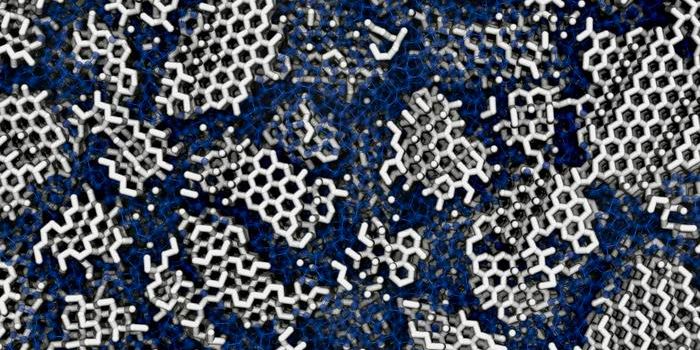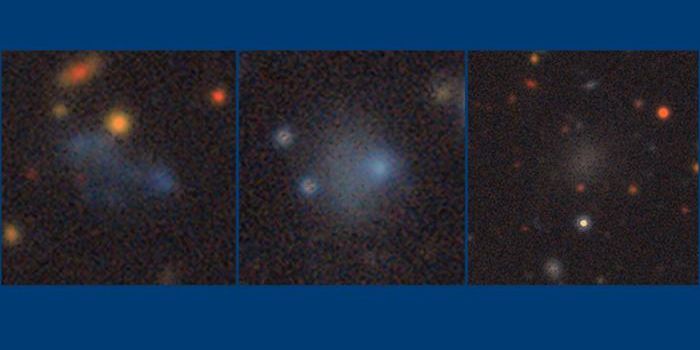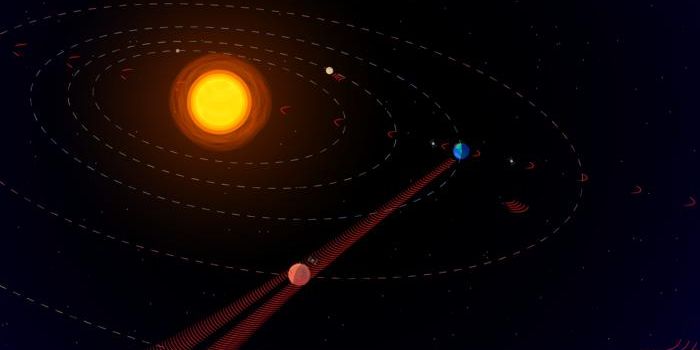Small Galaxies Played Key Role in Evolution of the Universe
Astrophysicists from the University of Minnesota have found evidence for the theory that small galaxies emitting high-energy light may have played a key role in the Universe’s early development.
Soon after its formation billions of years ago, the Universe was in an ionized state. This means that electrons and protons floated freely throughout space. As the Universe expanded and began to cool down, however, it transitioned to a neutral state, in which protons and electrons combined to form atoms.
By some chain of events though, the Universe is now back in an ionized state. And up until now, scientists have been largely unable to explain how this happened. While they had theorized that the energy necessary for reionization must have come from light emitted by galaxies, they could not figure out how this came to be. This is because hydrogen clouds within galaxies tend to absorb light and thus prevent it from escaping.
From data collected by the Gemini Observatory, the researchers managed to observe a galaxy in a ‘blow-away state, meaning that its hydrogen clouds had been removed, thus allowing the high energy light within to escape. The scientists suspect that the blow-away was caused by a series of supernovas, or dying stars, that exploded over a short period of time.
"The star-formation can be thought of as blowing up the balloon," says Nathan Eggen, lead author of the paper. "If, however, the star-formation was more intense, then there would be a rupture or hole made in the surface of the balloon to let out some of that energy. In the case of this galaxy, the star-formation was so powerful that the balloon was torn to pieces, completely blown-away."
The galaxy they observed has been named Pox 186 and is smaller than our galaxy, the Milky Way. The researchers say that its small size, alongside its large population of stars (with a collective mass of a hundred thousand times that of the sun), made this blow-away possible.
The findings, they say, confirm that blow-away is possible and that the process may be responsible for the reionization of the Universe. After all, just one detection of such a galaxy means that in the past, other, similar blow-away galaxies may have also existed.
Sources: EurekAlert, The Astrophysical Journal









